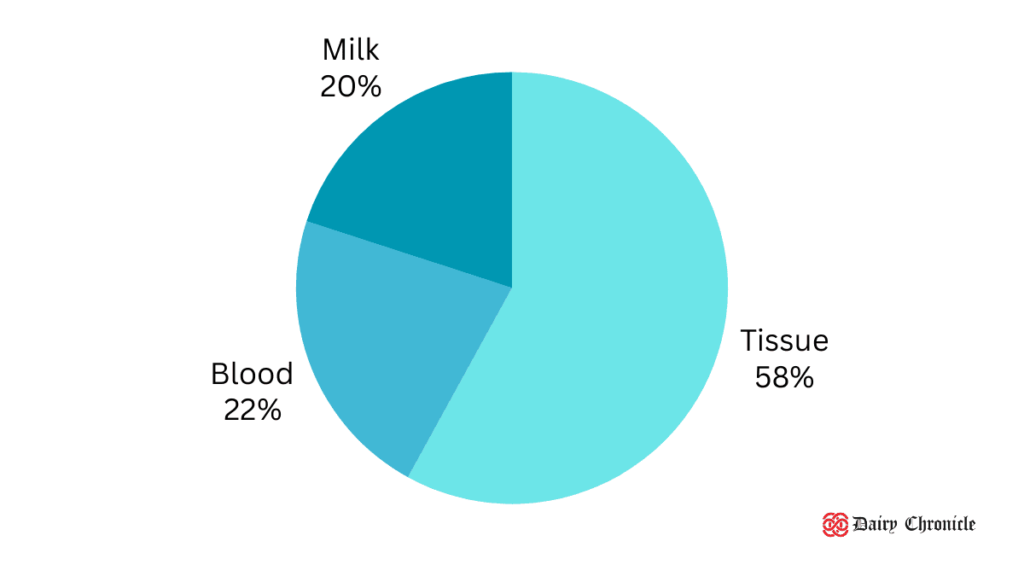New advancements and testing methods are being implemented to combat Bovine Viral Diarrhea (BVD) in New Zealand’s dairy industry, aiming to reduce the disease’s impact and improve herd health.
Bovine Viral Diarrhea (BVD) remains one of the most infectious and economically damaging diseases in cattle, with global losses estimated at around $127 million annually, according to DairyNZ. DairyNZ is a leading organization dedicated to enhancing the profitability and sustainability of the dairy sector in New Zealand through research, advocacy, and industry support. In New Zealand, where approximately 80% of dairy and beef herds have been exposed to BVD, effective management and control of the disease are critical. LIC, a prominent player in agricultural technology, has been at the forefront of developing diagnostic tests and vaccines to combat BVD. Their efforts include the Bulk Milk Monitor pack, which services about 50% of New Zealand’s dairy herds, and the recently enhanced BVD Status Pack.
Understanding Bovine Viral Diarrhea (BVD)
BVD is a highly infectious disease that causes significant economic losses in dairy farming due to its impact on cattle health and productivity. Despite the availability of diagnostic tests and vaccines, BVD continues to affect at least 5% of New Zealand’s herds each year, primarily due to insufficient biosecurity measures and the persistence of Persistently Infected (PI) animals.
LIC’s Efforts in BVD Management
LIC, a prominent player in agricultural technology, has dedicated extensive resources to improving BVD testing options and raising awareness within the New Zealand dairy industry. Their Bulk Milk Monitor pack has been instrumental in testing dairy herds, and the newly developed BVD Status Pack provides individual testing for all animals in the milking herd using milk samples. This pack is designed to facilitate cost-effective and efficient testing, helping herds quickly identify PI animals and improve overall BVD management.
Advancements in BVD Testing
The BVD Status Pack integrates with LIC’s MINDA software, enabling the recording of lifetime BVD statuses for animals. This feature enhances the ability to track PI animals, reduces the risk of new infections, and increases the resale value of cattle. Additionally, LIC processes tissue and blood samples for BVD, with nearly 950,000 samples analyzed since 2018. This comprehensive approach helps manage and potentially eradicate BVD within the New Zealand dairy industry.
Current Situation and Future Prospects
Despite advances in testing and management, BVD continues to pose a challenge due to its high prevalence in the cattle population. However, increasing the proportion of tested herds and recording lifetime statuses is expected to significantly reduce BVD incidence and improve herd management practices.
In conclusion, with ongoing efforts from organizations like LIC and the implementation of advanced testing technologies, New Zealand’s dairy industry is making strides in controlling and potentially eradicating Bovine Viral Diarrhea.



